Introduction
High-impact nonprofit website development is crucial for any organization looking to make a difference. However, doing so on a limited budget requires strategic planning and smart resource management.
What is Nonprofit Website Development?
Nonprofit website development involves the process of creating a digital platform that effectively communicates a nonprofit organization’s mission, attracts donors, and engages volunteers. Unlike commercial websites, a nonprofit site must emphasize storytelling, transparency, and ease of navigation to foster trust and encourage support.
For an impactful nonprofit website development, simplicity is key. Avoid irrelevant details and redundant messaging and present the essence of your work straightforwardly. An out-of-date website reflects poorly on your organization, so it’s essential to keep all content current.
How to do Budget-Friendly Nonprofit Website Development?
1. Identifying Core Objectives
The success of your nonprofit website development hinges on understanding your core objectives. Identify what matters most to streamline design choices and ensure resource allocation effectively addresses key needs. Focus on what the website aims to achieve, such as enhancing donor engagement, improving volunteer signup rates, or raising awareness about a cause.
For organizations with specific functionalities or complex features in mind, custom web development services can offer a more tailored solution that scales with your growth.
2. Designing a User-Friendly Interface
Your website should be easy to navigate with intuitive design elements. Ensure that visitors can quickly find information, donate, or get involved without getting bogged down by unnecessary details.
- Simple Navigation: Make sure critical information, such as contact details and donation buttons, are easily accessible. The user should not have to search extensively to find what they need.
- Clear Communication: Communicate who you are, what you do, and why it matters. Use a conversational tone as if you are explaining your work to a friend.
3. Cost-Effective Development Strategies
For many nonprofits, partnering with a reputable web development agency can be a cost-effective solution. This allows you to leverage the expertise of experienced web developers who can create a website that meets your specific needs and grows with your organization.
Agencies often have access to the latest development tools and technologies, keeping your website modern and competitive without the upfront investment costs.
4. Leveraging Free and Low-Cost Tools
Utilize free or inexpensive tools such as Canva for graphic design, TinyPNG for image optimization, and Google Analytics for monitoring site traffic. These tools can significantly enhance your website’s functionality and appeal while keeping costs down.
- Graphic Design: Canva offers easy-to-use templates for creating engaging visuals.
- Image Optimization: TinyPNG helps reduce file sizes without losing quality, maintaining fast load times.
- Analytics: Google Analytics is a powerful tool for analyzing site traffic patterns and refining your strategies.
Read more: Tips for managing web development cost as your project grows
Tips for Making Nonprofit Website Development Impactful
1. Prioritizing Mobile Accessibility
A significant portion of your audience will access your site via mobile devices. Test every page to ensure it displays correctly on smartphones and tablets, guaranteeing an optimal experience for all users.
- Mobile Testing: Ensure each page and form functions smoothly on mobile devices. This is crucial, as many supporters visit donation pages on their phones.
- Responsive Design: Ensure your site is 100% mobile-friendly. Every aspect of each web page should be viewable on every screen size, from smartphones to desktops.
2. Implementing Keyword Optimization
Incorporate relevant keywords throughout your website, including headers, content body, URLs, and image descriptions. This will improve your website’s visibility on search engines, attracting more visitors.
3. Creating Quality Content
Regularly posting original, well-researched articles or blog posts related to your cause can attract organic traffic. Utilizing AI writing tools can expedite this process without high costs.
- Content Strategy: Create engaging and informative content that is relevant to your audience. This not only helps with SEO but also positions your nonprofit as an authority on related subjects.
- Backlink Building: Seek reputable sites to link back to yours, increasing credibility and improving search engine ranking.
4. Simplifying the Donation Process
Use single-page forms and enable recurring donations to make the giving process straightforward and seamless for potential donors.
- Accessibility: Make sure the donation button is prominent and easily accessible from any page. Simplified forms can reduce friction and increase donor conversion rates.
- Thank-You Pages: Direct donors to a thank-you page post-donation, personalized with messages that express gratitude and explain the impacts of their contributions.
Our web development agency can help to implement streamlined donation processes, utilizing user-friendly forms and automated thank-you pages.
Read more: 5 Things to look for when choosing a web development agency
Conclusion
Nonprofit website development on a budget is achievable with strategic planning and the effective use of available resources. By focusing on core objectives, leveraging free and low-cost tools, implementing strong SEO strategies, and optimizing the donation process, your nonprofit website can effectively support your mission and drive real-world impact.
Ensuring your nonprofit’s website is both impactful and budget-friendly is not just possible but essential to achieving your organization’s mission. Remember, simplicity, transparency, and accessibility are your best friends in this endeavor.
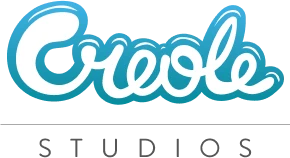

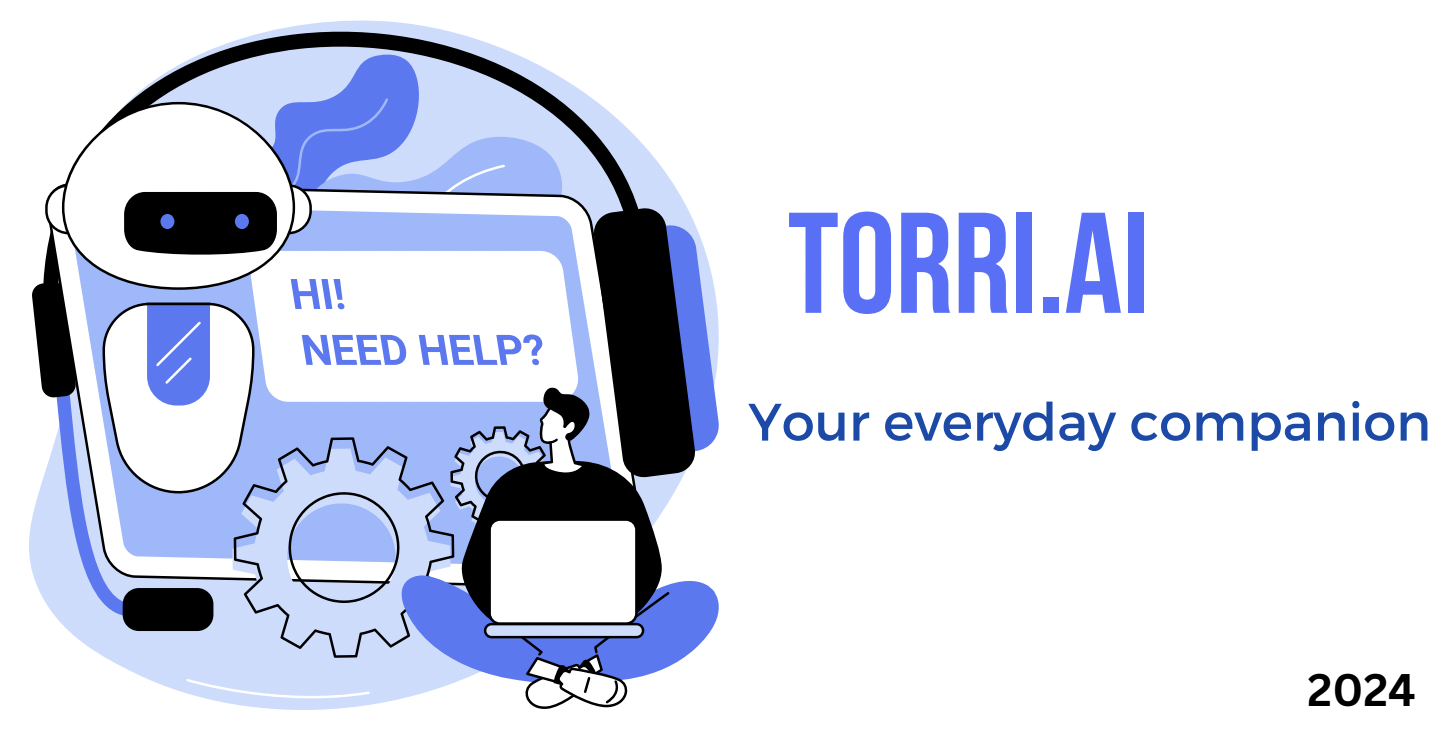
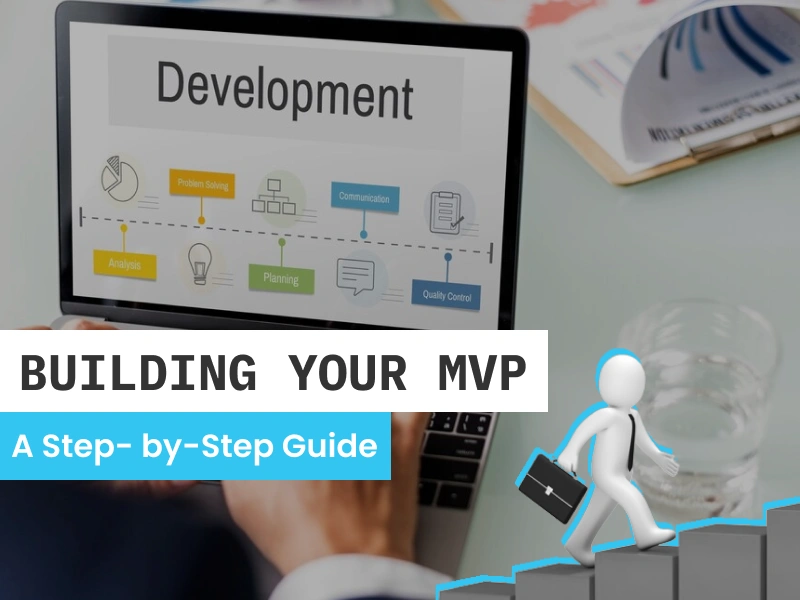

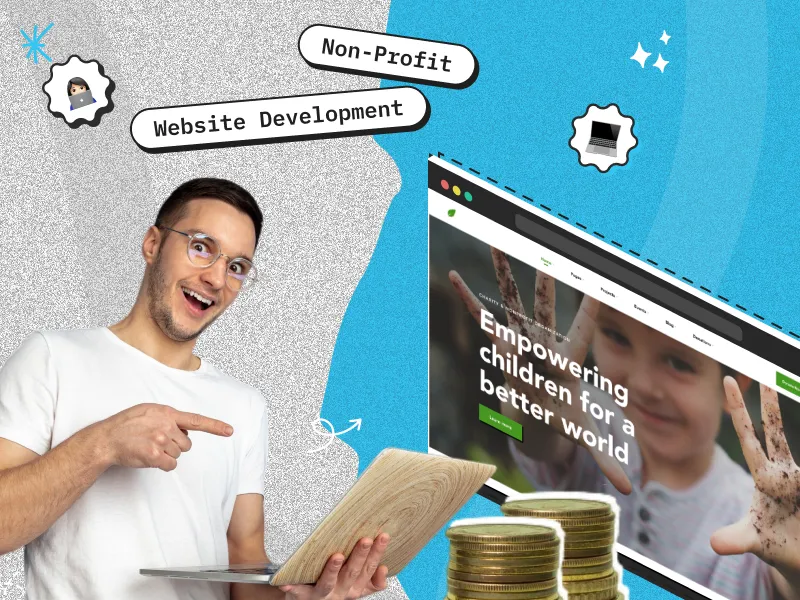








 30 mins free Consulting
30 mins free Consulting 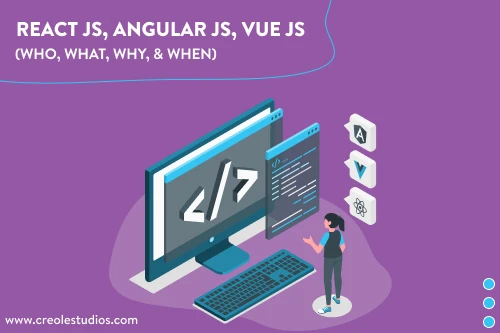
 10 min read
10 min read 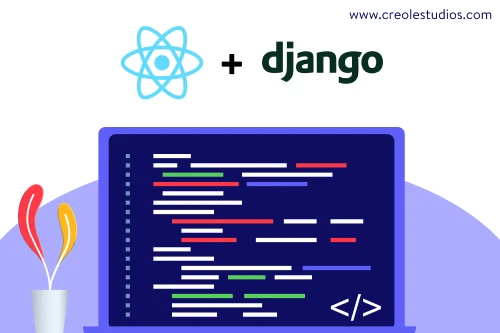
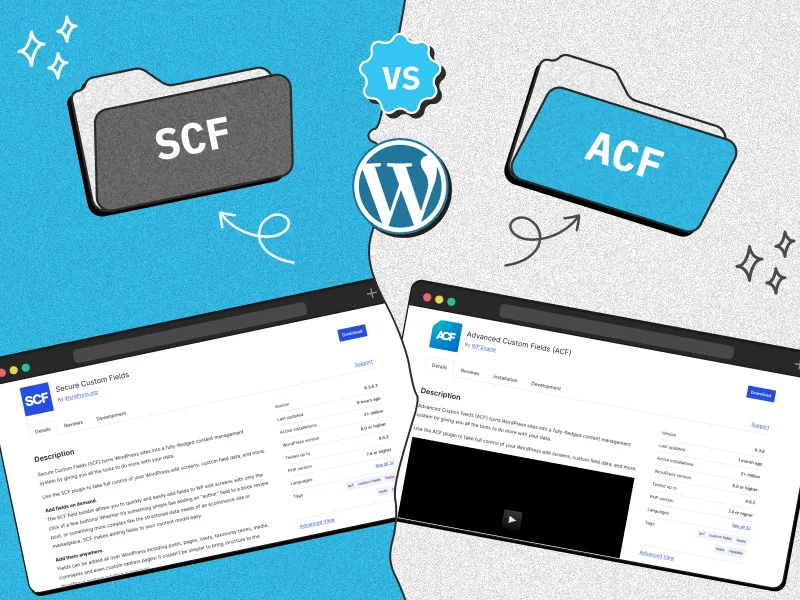
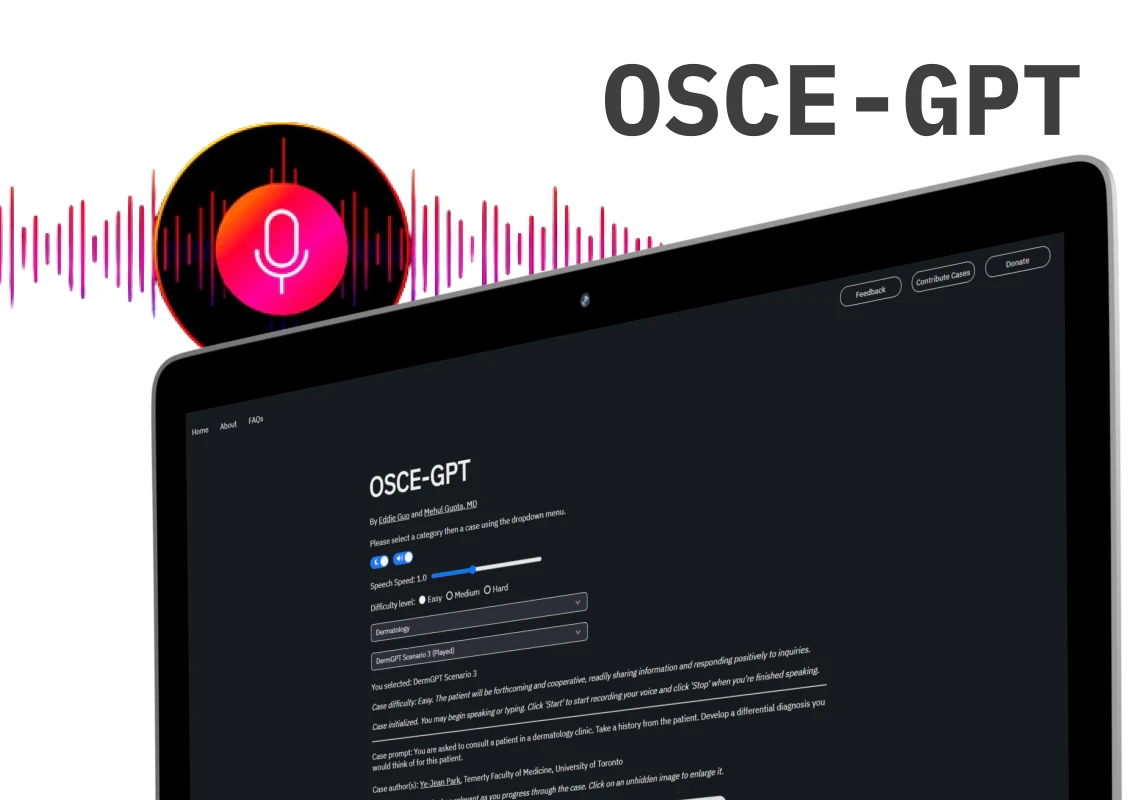
 Canada
Canada 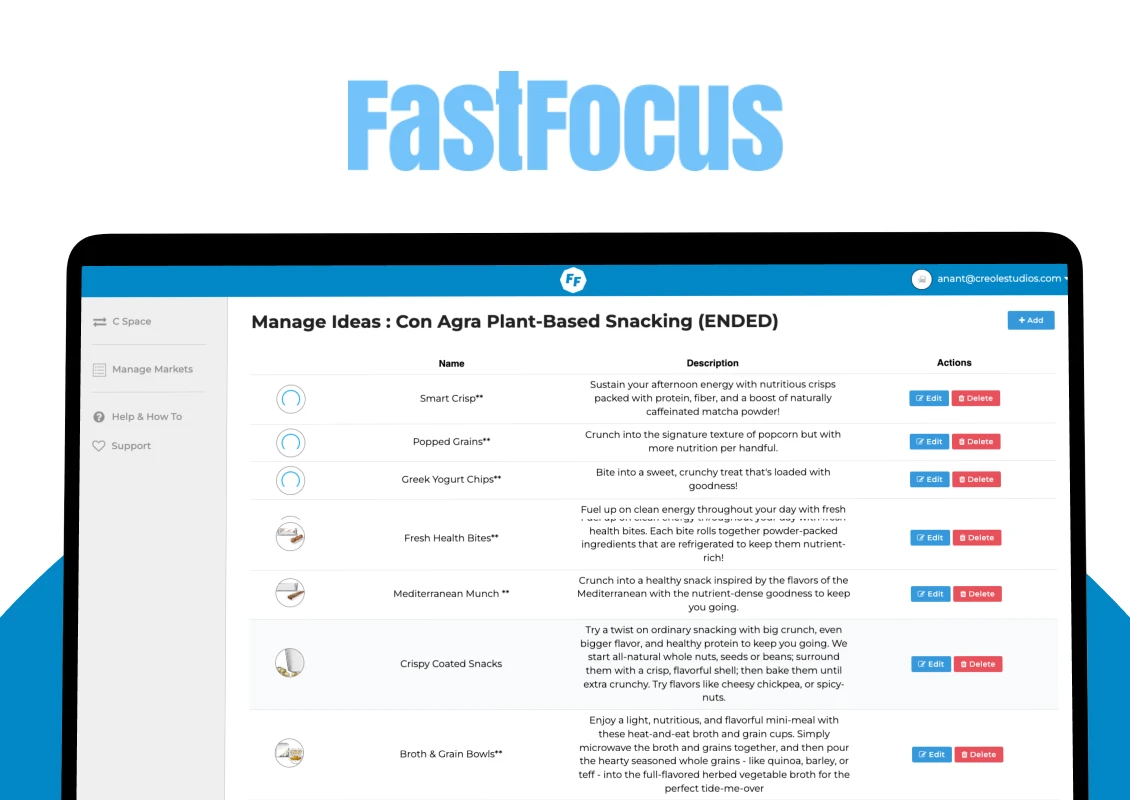
 USA
USA 






 Love we get from the world
Love we get from the world 